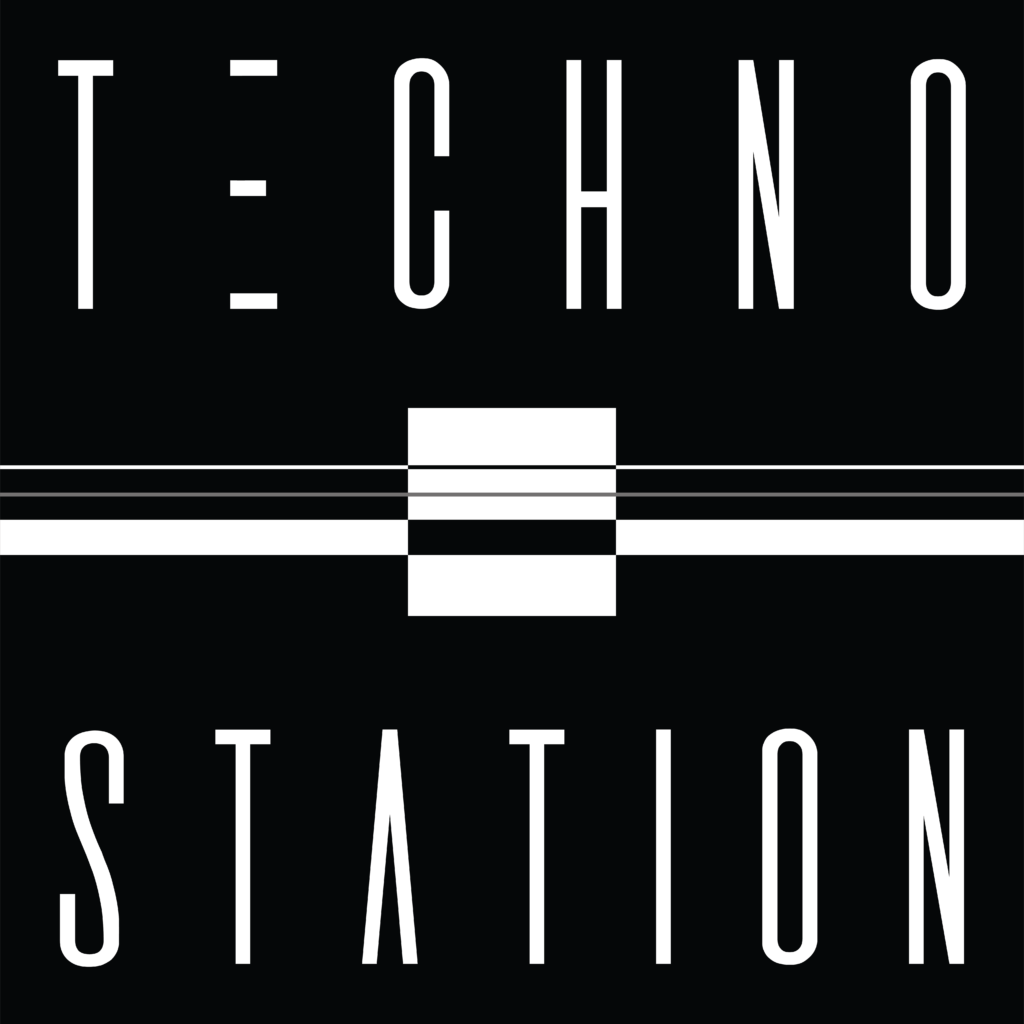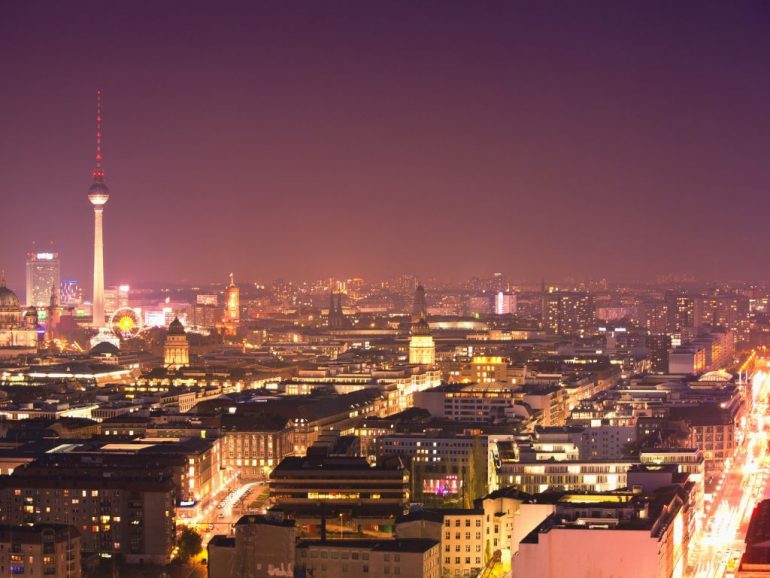A new study commissioned by the Club Commission found that club visitors spent an average of just over €200 per day – both directly in the clubs and in hotels, bars and restaurants – adding up to a total of just under €1.5 billion in 2018.
Clubs themselves made €168 million in total – both directly in the clubs and in hotels, bars and restaurants – for example, food and beverage sales or employment of local contractors.
The amount made by Berlin clubs does differ somewhat however, with only 11 of the 280 total nightlife venues making more than €2 million. The rest is averaged between €100,000 and €250,000.
The Berlin Clubs Commission estimates that 9,040 people work directly in the club scene, with thousands more employed on an indirect basis.
“The creative industry is still Berlin’s biggest, and the clubs are one of its most important pillars,” Club Commission spokesman Lutz Leichsenring said.
People travel from all over Europe to visit Berlin’s nightspots — around 280 by Goldmedia’s count, plus “informal” venues — often arriving by low-cost airline from far-flung cities.
The figures also included a surprise for anyone for whom the words “Berlin” and “techno” are inseparable.
Electronic music from the genre was just the third-most-popular style played in 2018, with 40 percent of clubs saying they played it, while house and indie rock and pop were tied for first place on 47 percent each.
Meanwhile an age breakdown offered comfort to anyone worried stomping around a darkened room in the small hours might only be for the freshest faces, as clubbers were on average 30.2 years old.
Around 9,000 people work in Berlin’s club scene, the study found, many of them with a relatively precarious “minijob” contract capped at €450 per month.
Berlin’s city government last year approved a €1 million fund to help nightlife venues pay for soundproofing and hire staff to calm their wilder patrons, hoping to protect the industry from the noise complaints of long-suffering neighbours.‘



